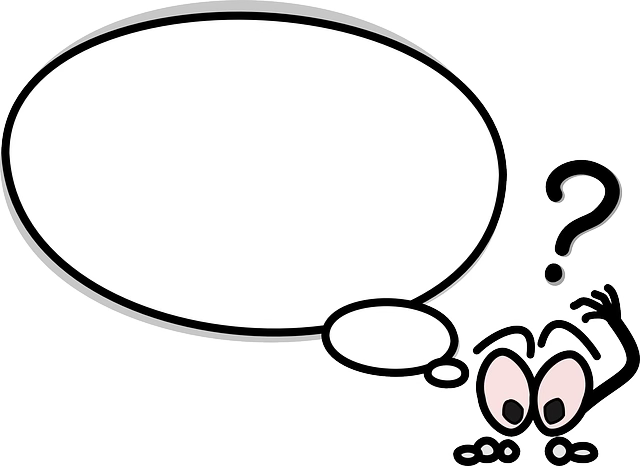These days, nostalgia has a bad rap. Going backwards often means to a time when we haven’t been our best as a society — or as people.
Can we be our best selves and communicate in old-fashioned ways? Maybe that’s a kind of nostalgia that can be both refreshing and inclusive.
Are you a real person?
It seems we spend a lot of time interacting with non-people. It’s not very satisfying.
I need to contact a company about something problematic, but mundane. (It probably had to do with insurance. Or a refund.) My only option is their pop-up chat bot. It’s a poor substitute for talking to a real person. For 15 minutes, I reply to automated questions that are getting me no closer to my answer. At this point, even the chat bot admits it cannot offer a solution and will connect me to a real person who can.
Now I’m chatting online with a robotic “real” person who is a “customer service” agent. They sound like they are reading — verbatim — something out of a how-to manual. I’m all for removing barriers to global jobs, especially when English may be a second (or third or fourth) language. But I hear fear, as though the person is more concerned with following procedure than common sense. We spend another 15 minutes to confirm the question I am asking. Literally. As in, Is this what you’re asking? It’s weird.
Then something funny happens. The “real” person asks me if I have 3-5 minutes to implement the solution that they have found. (Lightening fast, compared to the rest of this exchange.)
Hurray! Eventually I get a solution, but I do not feel valued as a customer. Or a human.
And this is the world that fundraisers navigate. We are trying to connect with people (donors) who are dealing with impersonal, online nonsense (and overflowing email in-boxes) all day.
A fundraiser’s job is to appreciate, to ask, and to translate the work of the organization into what we have learned about a donor’s interest.
A fundraiser must connect in some kind of human way.
5 ways to talk to donors like they’re people. (Because they are.)
It’s really not so scary. (Don’t believe me? Call on Friday. Everyone is in a good mood.)

Here’s how to have a one-on-one conversation that makes a donor feel great about supporting your nonprofit. (And keep giving.)
Communicate in a variety of ways. Some people like email. Others like calls. Some love a hand-written letter. Try a few ways.
Call first, then follow up by email. Or email and then write, as in, with a pen.
Thank them. Ask why they care about your work. Here’s a script:
I just left you a message simply to say thank you! We appreciate your support so very much. I would love to hear what inspires your giving – and share some stories about how your donations matter to our clients/environment/community.
Stop mailing generic letters. No one feels special getting a form letter. Most nonprofits we coach in fundraising insist that their donors are older and prefer mail. My question always is:
How do you know? Have you asked them?? Send a postcard and have them call you if they want you to continue printing and mailing info. Most don’t. And younger donors definitely don’t.
Be human. On the rare occasion when a donor calls me back and apologizes for taking so long, I reply:
I’m sure returning a fundraiser’s call isn’t at the top of your list of priorities! [Chuckle.] But I’m glad you did so that I can thank you.
Learn something new about a donor in each conversation. Ask questions and listen. That’s the easiest (and most fun) part of fundraising! You will not make the “right” ask until you know why they care. And you cannot know without asking them. Assume at your own (revenue) peril. I say:
You’ve been a long-time donor and we are so grateful. How did you first learn about our nonprofit?
What is it about our work that has inspired your generosity? [This is my favorite question to ask a donor!]
It’s Friday! Go call a donor. Or a friend. Connect with someone in an old-fashioned way.





Great advice! Sometimes the most basic course is the most brilliant.